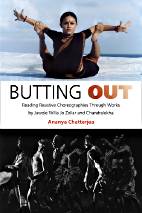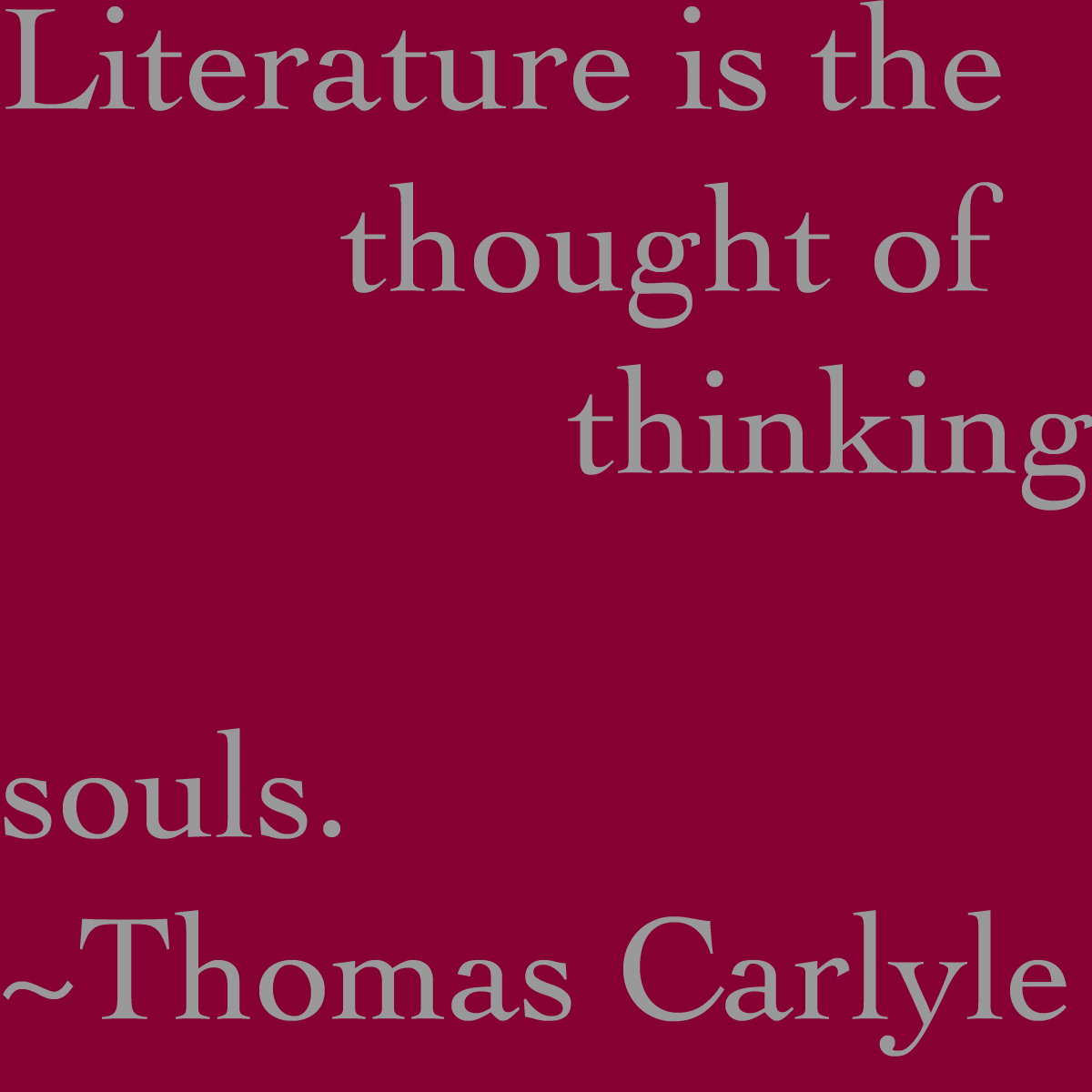Thinking Souls: Book Review: Butting Out
Do brown bodies mean something different on stage than white ones? What happens when feminine energy is explored through mens bodies? Are terms like postmodern and revolutionary artistry reserved only for the white West?


These are just a few of the provocative questions that Ananya Chatterjea asks in her book Butting Out (Wesleyan University Press, 2004), an examination of the work of African American choreographer Jawole Willa Jo Zollar and South Asian choreographer Chandralekha.
Through words and pictures, Chatterjea – an associate professor of dance at the University of Minnesota, artistic director of Ananya Dance Theatre, and a dancer and choreographer herself – documents what she terms the “resistive choreographies” of these two very different artists. The book is not a comparative study; rather, it charts the evolution of a liberatory politics based in movement, and firmly grounded in the body.
Chatterjea writes, “Through the years, I was reminded constantly that artists of color, and certainly women choreographers of color, have to be vigilant about the different expectations that are constantly laid upon them, and that the implication of resisting these expectations is often devaluation of such work. Ultimately, I was convinced that the choreographies of women of color, particularly resistive work, warrant a clearly differentiated framework of analysis and interpretation; my search for a theoretical context that would frame these aesthetics began from that point” (Butting Out, pg. 18).
We can see then, that Chatterjea’s project is less about analysis of Zollar and Chandralekha’s work than on looking at mainstream analysis of dance with a close eye, dismantling these ways of understanding dance, and offering up new, more useful models. Toni Morrison has said that she began writing because she did not see herself or her experiences reflected in the black literature that was coming across her desk when she was an editor at one of the major New York publishing houses, so she decided to “write herself into” the canon. Chatterjea’s project seems similar.
A key concept here is what Chatterjea terms “brown/radical postmodernism.” “I want to contest that general but untheorized assumption that postmodernism, which seems to be inevitably associated with radical philosophy and practice, belongs to white Euro-American cultural production,” Chatterjea writes (Butting Out, pg. 9). “I want to suggest that if the discourse and markers of postmodernism are constituted with specific reference to the cultural contexts in which they are articulated, then post-modernism, as it comes to figure in cultures of color, constantly changes shape and form, and re/marks itself anew repeatedly” (Butting Out, pg. 10).
Although Butting Out is rife with phrases like this one, that strains your every synapse to parse out, the meaning behind the knotty language is breathtaking. Although the book is intended for an academic audience, and contains the opaque language associated with the genre, the intrepid and dogged reader will be rewarded with numerous insights that have resonance far beyond the field of dance. What Chatterjea is arguing for in passages like the one above is that every work of art – be it a dance work, a novel, a play, a song – must be approached and assessed on its own terms, in its own cultural context, considering its specific history, in order to determine if it is truly “avant garde,” “revolutionary,” or “breaking new aesthetic ground.”
Through an analysis of Zollar and Chandralekha’s work that uses this broader framework, Chatterjea successfully shows that an unstated but pervasive assumption that the art and criticism of the white West are the most “progressive” and “vital,” have forced too many artists of color into an impossible position. These artists can either wholeheartedly embrace a white cultural framework and be seen as “cutting edge,” or seek inspiration from communities of color instead, and be seen as “community art,” or be locked into the category of timeless, unchanging, exotic “other.”
It is an impossible choice, but one that choreographers like Zollar and Chandralekha are constantly subverting, even though Chatterjea argues that most mainstream critics are not aware of it. In works like Chandralekha’s Angika, and Zollar’s Bones and Ash, Chatterjea suggests that we see both an acknowledgement of the Bharatnatyam dance form that is Chandralekha’s basic movement language, and the modern and Africanist dance that is Zollar’s, but also a movement beyond – an extension of these vocabularies.
Chatterjea says, “The radical cultural politics of the postmodern are here woven from the recognition of the problems and failures inherent in the forms of the modern, as well as in what has come be to recognized as traditional.
“Awareness of historical necessities, processes and contemporary power plays emanating from them, and critiques of the same then invigorate the formal, thematic, and structural concerns of the postmodern aesthetic: the failure to take up women’s questions, the needs of alternative sexualities, the multiple positioning of identities in the visioning of new democracies; the unresolved confrontations between what is posited as ‘tradition’ and what as ‘modern;’ the postcolonial emphasis on the narrativization of a more or less uniform ‘national culture,’ or of racially and ethnically determined cultural directions; these, among others, are vital forces fueling the direction of the postmodern,” (Butting Out, pg. 130).
In this sense, Chatterjea views Zollar and Chandralekha as artists we can all learn from. Their insistence on complexity, and their articulation of what Chatterjea calls an aesthetics of “defiant hope,” can inspire each of us – regardless of our medium – to tell the truth about who we are, where we have been, and where we are headed, even if we know that we will probably not be understood.
New kinds of art need new frameworks for comprehending it, and though the process may be long and arduous for artists like Zollar and Chandralekha, who embrace many different cultural histories and identities, Chatterjea shows that there is a way through. Butting Out lets us know that we must first admit what we do not know in order for this change to take place, and that openness in the face of shifting meanings and values is perhaps our greatest asset in this journey.
Next month we’ll read, review, and discuss Ed Bok Lee’s Real Karaoke People (New Rivers Press, 2005). This book of poems and prose is a Minnesota Book Award Finalist.
And make sure to pick up Peter C. Brown’s novel The Fugitive Wife (Norton, 2006) for your summer reading, as we’ll be discussing it in June.